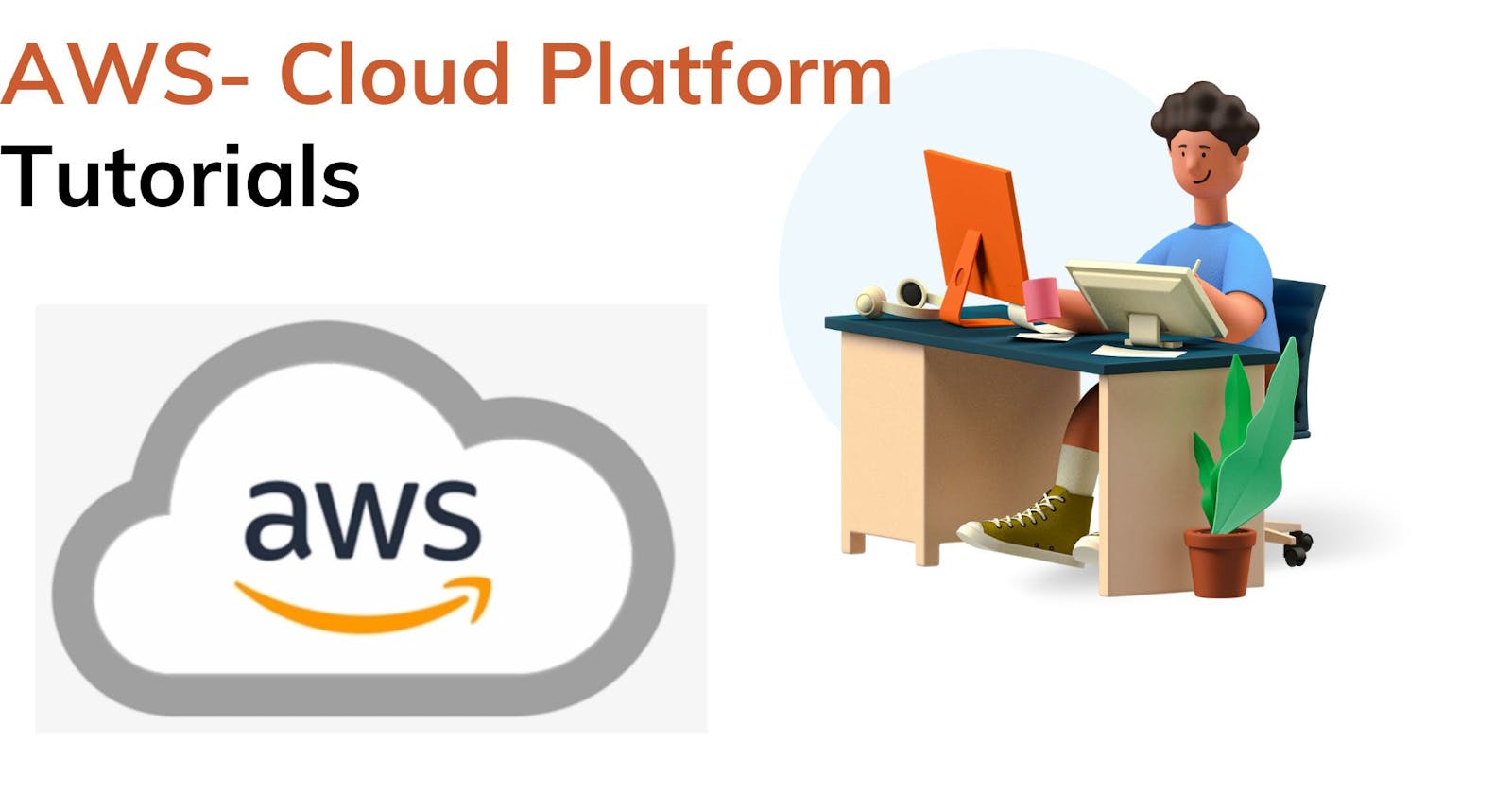Diving into CloudFormation: An Effortless Tutorial on Transforming JSON to YAML.
Table of contents
No headings in the article.
Introduction: In the ever-evolving realm of cloud infrastructure, AWS CloudFormation stands as a pivotal tool for orchestrating and managing resources seamlessly. While JSON has been a traditional format for CloudFormation templates, YAML emerges as a more human-readable and concise alternative. This guide is designed to navigate you through the effortless process of converting CloudFormation JSON to YAML, ushering in simplicity and enhanced readability in your infrastructure-as-code endeavors.
Converting CloudFormation JSON to YAML using AWS CloudFormation Designer:
Access AWS CloudFormation Designer:
Log in to your AWS Management Console.
Navigate to the AWS CloudFormation service.
Open AWS CloudFormation Designer:
On the AWS CloudFormation dashboard, locate AWS CloudFormation Designer.
Click on it to open the Designer interface.

3. Import Your JSON Template:
Within the Designer interface:
Click on the “Create Template” button.
Opt for the "Import Template" option.
Select the JSON CloudFormation template that you wish to convert.

4. Convert to YAML:
Following the import of the JSON template, AWS CloudFormation Designer seamlessly performs the conversion to YAML format.
- The Designer interface will present the template in YAML, allowing you to view and edit it effortlessly.

5. Use the YAML Template:
With the successfully converted YAML template, you are now ready to deploy CloudFormation stacks or make any necessary modifications.
Conclusion: Converting CloudFormation JSON to YAML represents more than just a shift in syntax; it signifies an improvement in readability and collaboration. As cloud architecture continues to evolve, adopting YAML provides a forward-looking approach to efficiently managing infrastructure.
This guide empowers you to transition seamlessly, unlocking the true potential of CloudFormation with a cleaner, human-friendly syntax. Elevate your infrastructure-as-code practices and embrace the clarity YAML brings to your CloudFormation templates. Embracing these changes will enhance your ability to manage and scale cloud infrastructure effectively.
I hope this helps, you!!
More such articles:
https://www.youtube.com/@maheshwarligade

